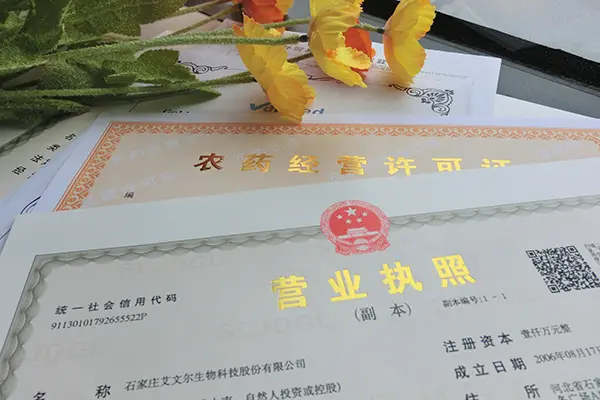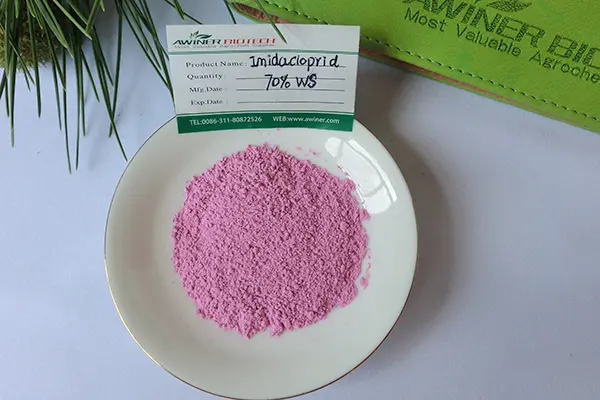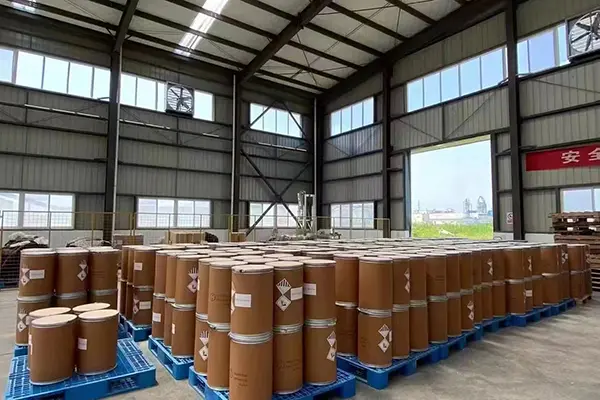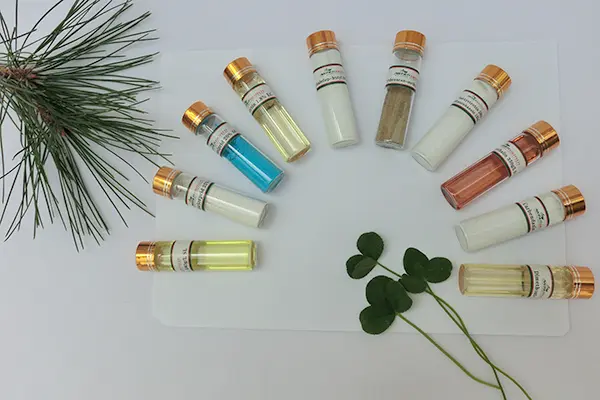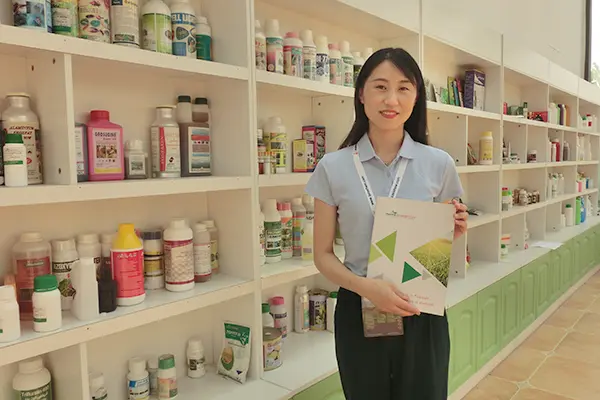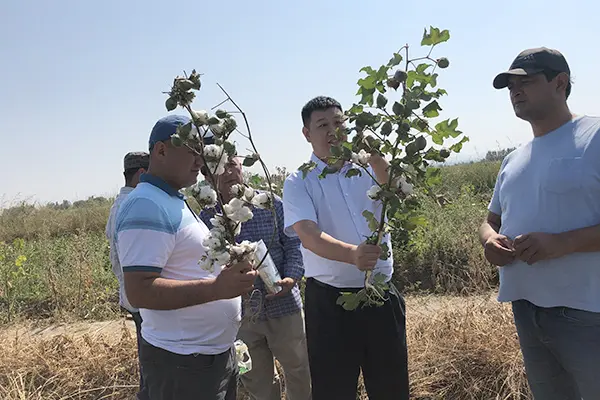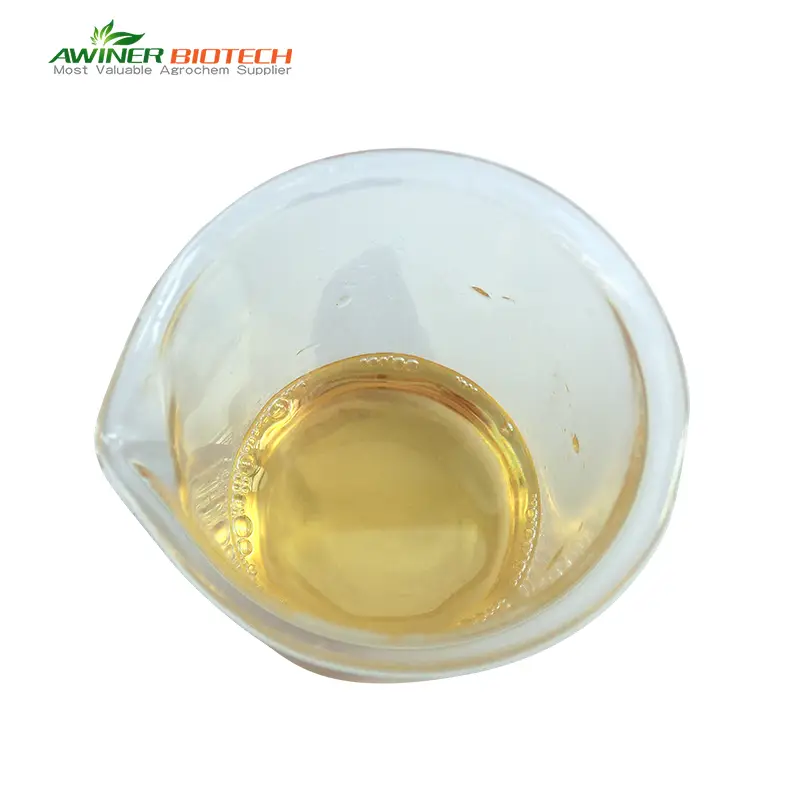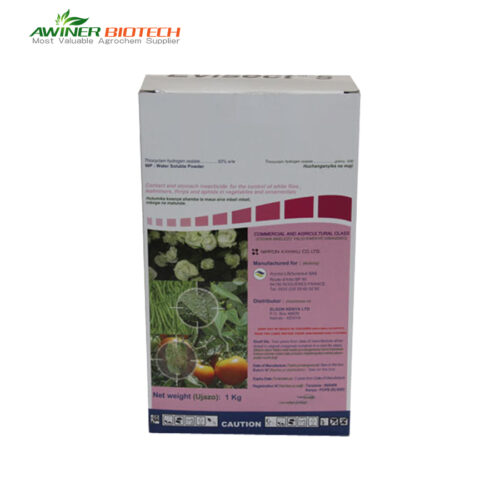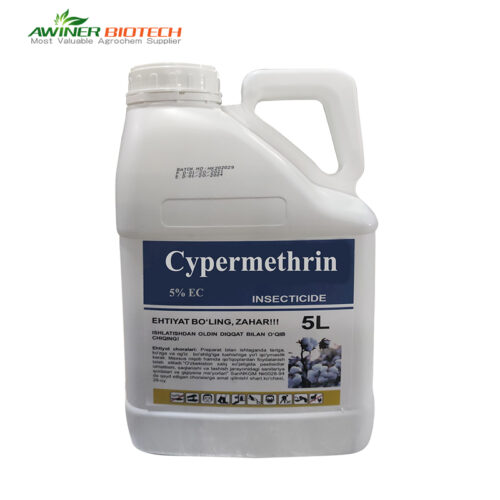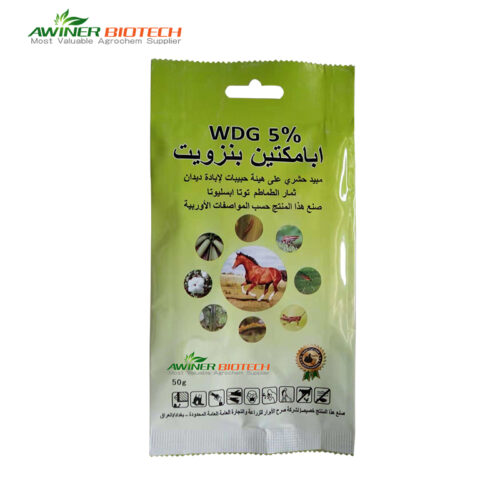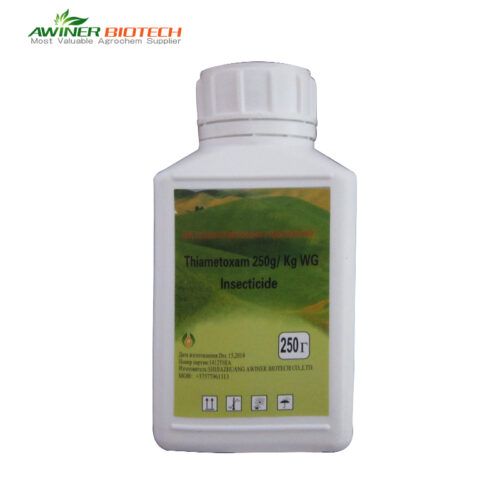Hexythiazox |
|
| Dosage form | 50% ec 20% sc |
| Packing | Liquid:50ml、100ml、250ml、500ml、1L、5L、10L、20L Solid:10g、50g、100g、250g、500g、1kg、5kg、10kg、25kg |
| Formulation+Label | Customized |
| Sample | Yes |
| Crop-Pest | 1. Citrus Tree – Gummosis (Citrus Canker), Scab Disease 2. Apple Tree – Apple Scab |
| Certification | SGS、 ISO 、BV |
| Delivery time | 20-30 days |
| Mixture products |
Fipronil + Hexythiazox
|
| Payment terms |  |
This insecticide exhibits significant activity against larvae of soil pests, making it a promising solution for managing wireworms, cutworms, and termites. Typically, an emulsifiable concentrate is diluted 1000 times for spraying. The safe interval for vegetables is 21 days, and for citrus, it is 45 days.
Effective Pest Control of Hexythiazox:
Hexythiazox is highly effective against spider mites and pests such as planthoppers and leafhoppers on rice, leafhoppers on tea and potatoes, whiteflies on citrus and vegetables, and scale insects on citrus. It can also manage spider mites across various crops.
hexythiazox Mode of Action:
Hexythiazox works by inhibiting chitin synthesis and disrupting insect metabolism, leading to molting abnormalities and death in nymphs. It does not directly kill adult insects but significantly reduces their egg-laying and hatching rates, leading to shorter adult lifespans and many infertile eggs.
Residual Effectiveness:
Hexythiazox provides over 30 days of residual effectiveness against pests like leafhoppers, whiteflies, and scale insects. Its effects are visible within 3-7 days after application. While it does not directly kill adults, it reduces their lifespan and egg production.
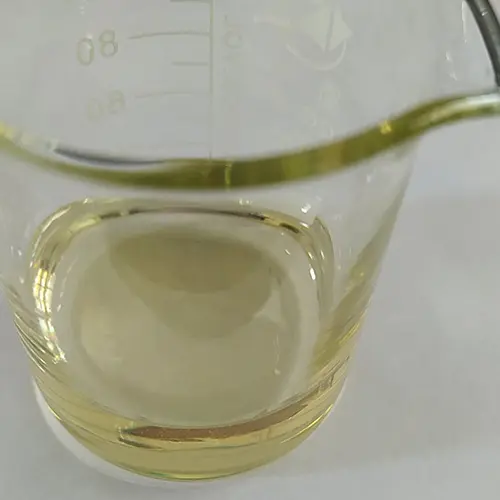 |
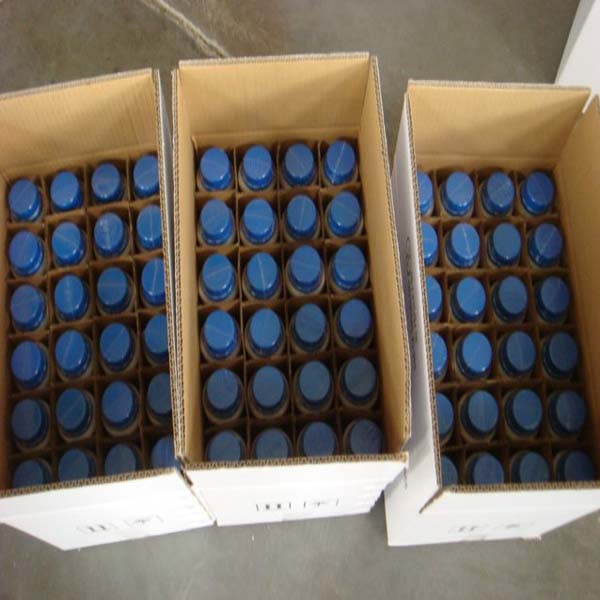 |
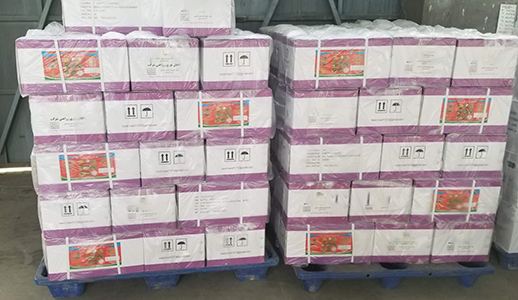 |
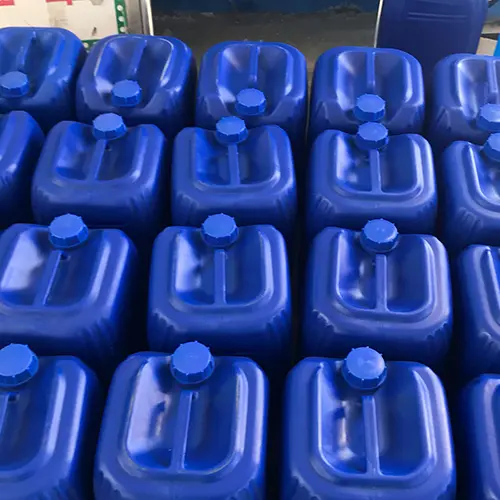 |
Safety and Compatibility:
Safe for beneficial insects, Hexythiazox shows no cross-resistance with other insecticide classes, ensuring comprehensive pest control. It is safe for crops at common concentrations and can be mixed with various pesticides like Bordeaux mixture and lime sulfur.
Application Flexibility:
Primarily used as a foliar spray, Hexythiazox is suitable for fruit trees, vegetables, corn, potatoes, sugarcane, beets, tea trees, tobacco, and flowers. It can also be used to control public health pests like flies and mosquitoes.
<About Awiner Biotech>
